It’s not that easy to take a clear side view picture of an entire ‘ecocombi’, a combination vehicle with a maximum overall length of 25.25 m (82’10”). Someone or something is always standing in the way. Or the rig itself isn’t fully stretched out. So I guess May 4 was my lucky day, ecocombi-wise.
These extra long vehicles come in multiple forms. One of them is the B-double, like Van den Broek’s set of wheels. This configuration can be found in many countries across the globe.
In the lead, a 2023 Scania R460 6×2/4 tractor unit. The legal weight limit for an ecocombi is 60 tonnes (132,300 lbs), but given the tractor’s 460 DIN-horses, I think this rig usually doesn’t go that far.
The distinctive feature of a B-double is that the first semi-trailer, in this case a 2022 Van Hool, has a fifth wheel coupling on its back end to connect a second semi-trailer. As can be seen in the photo, the in-betweener is also equipped with a Dhollandia slider liftgate.
The Van Hool semi-trailer can take an 8.39 m (27’6”) short position -pictured above, with the side underride guards positioned alongside its wheels- or an 11.70 m (38’5”) long position when fully extended, as demonstrated at the truck show.
The second semi-trailer was built by the Jumbo company, back in 2002. Naturally, the Jumbo can also be coupled to the Scania, in which case the Van Hool can stay at home.
In the meantime, down south and up north, the SEC is making inroads. That’s not a Mercedes-Benz C126-series revival, in a trucking context, the letters SEC stand for ‘Super Eco Combi’.
Neat and tidy, this UPS-SEC from Spain. In a nutshell, a SEC is a tractor towing two standard-sized semi-trailers. The second trailer is connected to a single or tandem axle converter dolly with a fifth wheel coupling. The tractor in the well-known UPS livery is a Scania R590 V8 4×2.
The Spanish numbers: maximum overall length 32 m (104’12”), maximum weight 72 tonnes (158,700 lbs).
For spotting the real on-road brutes in Europe, you have to visit Sweden or Finland. A few meters longer and a few tonnes heavier than their Spanish SEC counterparts, and a 6×4 tractor is always in charge of things.
No model designation on the DB-Schenker Scania R-series, but I’m sure it’s powered by the truck maker’s 16.4 liter V8, hammering joyfully. Available up to 770 DIN-hp maximum power output.
But as always, there must be an end boss. It’s going by the generic name of ‘Road Train’. A mighty fine example from Down Under is this Scania R-series V8 6×4 prime mover (tractor) with a trio of Jamieson trailers.
Related articles (a different ecocombi approach):
CC Global: 2017 Scania S450 6×2 Truck And 2009 Burg Semi-Trailer – Maximizing Volume
In Motion Outtakes: 2016 DAF XF 510 Ecocombi Going Around the Roundabout











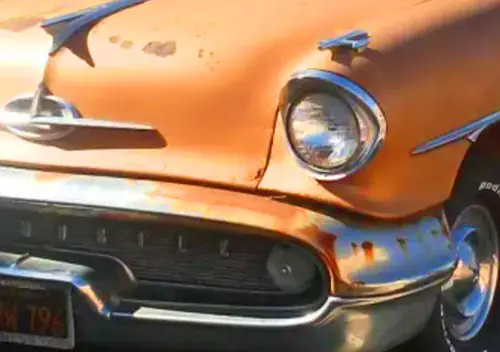
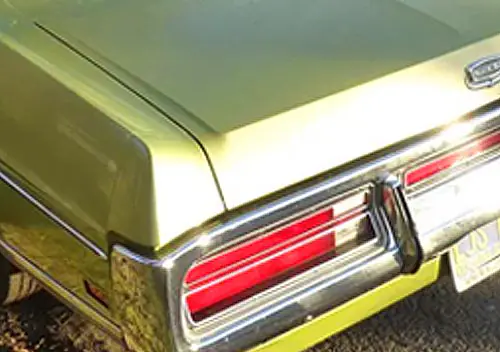
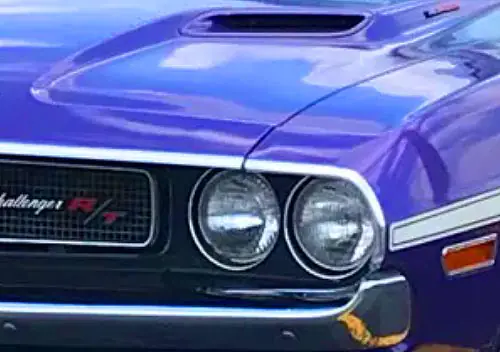


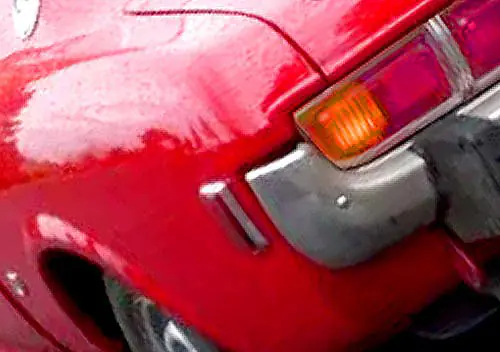

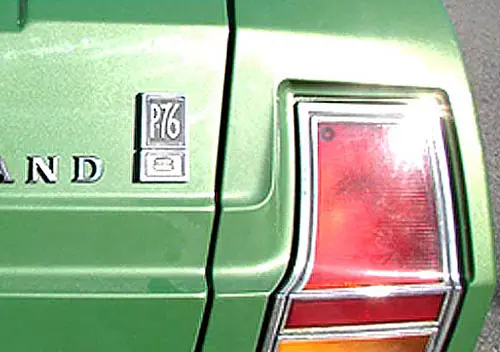
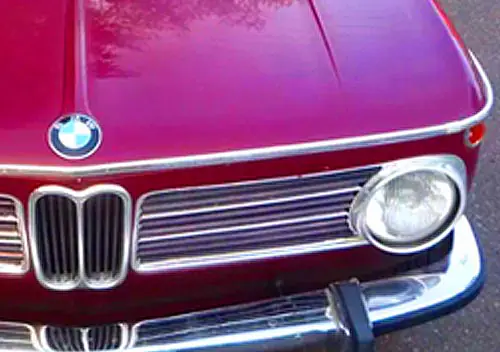

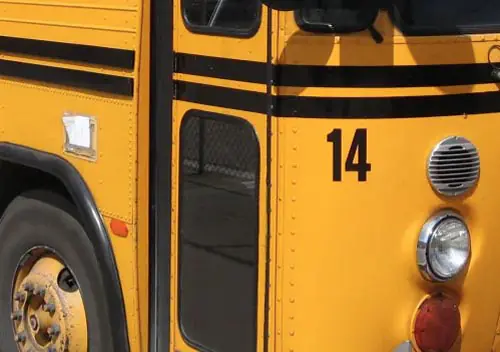
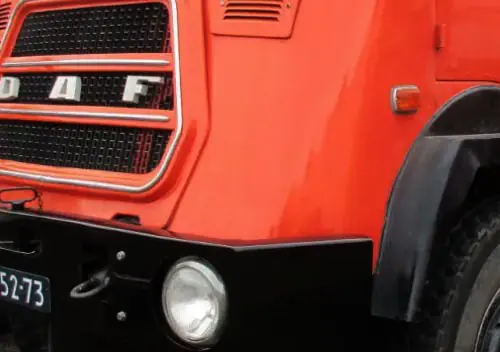
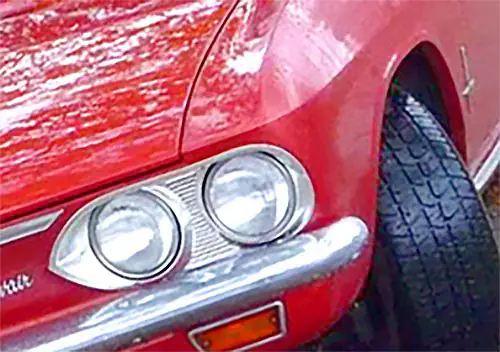
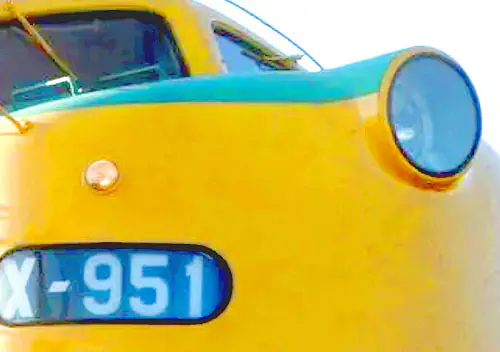
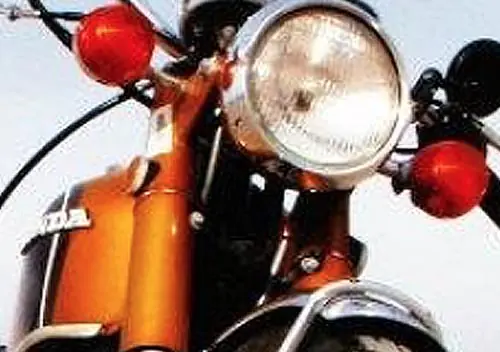
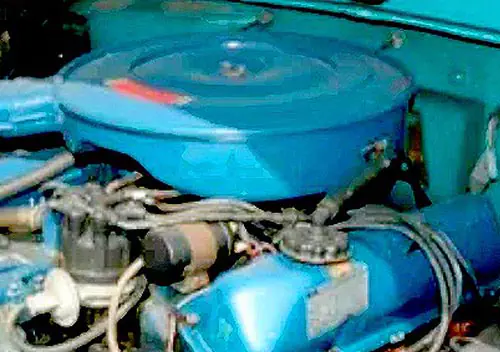
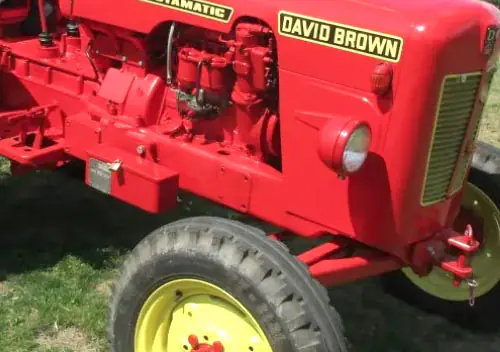
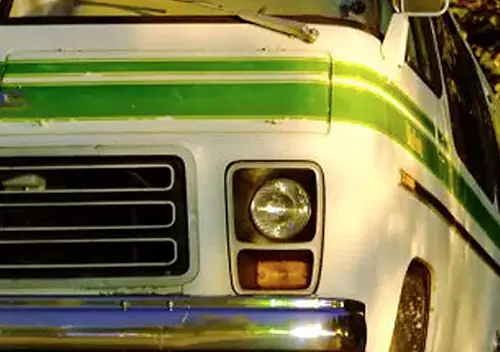

Do these beauties require a police escort?
Only with an incapable driver behind the wheel.
Always impressive. My first exposure to doubles was way back in the ’60s when the Indiana Turnpike (private) allowed 40′ doubles. A real eye opener when first encountered.
As I’ve noted here before, Oregon allows triples, but the max.overall length is 96′. South Dakota allows 100′.
Nice rigs, 60 T with a 460 Scania, thank you NO, been there done that those things are too gutless,
The top pics are a B train (unequal length trailers), that is the configuration most seen in NZ due to most of our highways cannot be negotiated towing two 40s using only one lane,
Most of those rigs are never split either, backing them is easier than it looks, the front trailer is just a long drawbar to steer the back trailer with going in reverse.
The UPS truck will never work hard parcel freight is very very light, nice easy job, liked it. but 6 wheel prime movers are almost extinct here everything comes in 8 legger now with even less maneuverability.
Most of those trailers seem awfully close together. The turning circle must be the size of a soccer field! Many/most states in the western US allow triples, although I don’t see them as often as I used to. They mostly run to depots located just off the highway, where trailers are dropped off for more localized delivery.
However, the tractor will never hit the first semi-trailer and that one will never hit the second one. The closer everything is packed together, the bigger the cargo compartments can be -think overall length restrictions- and the less drag between the separate parts of the combination (aerodynamics).
The ones that are really horrible from a turning circle point of view are the semis with everything designated ‘long’. Long tractors with a long wheelbase, towing long semi-trailers with a set of non-steering axles all the way at the back. You get the picture, I guess.
Scania never disappoints. The king of trucks. I can’t find a Scania, old or new, that I don’t like.
Anyway, seeing the name of the transport company, I was picturing a DAF 🙂
DAF is the market leader alright, but let’s not forget the seven competitors: Scania, Volvo, Mercedes-Benz, MAN, Renault, Iveco, and you can add the Turkish Fords now (more about them soon).
B doubles, or Canadian doubles (they did it first) are much easier to back up since there are fewer pivot points than a conventional double with a converter dolly.
Quite right, on both points…
Since the article’s tractors are all Scanias, here’s a double from Canada. The Swede was imported as a used tractor (at least 15 years old?) for sure.